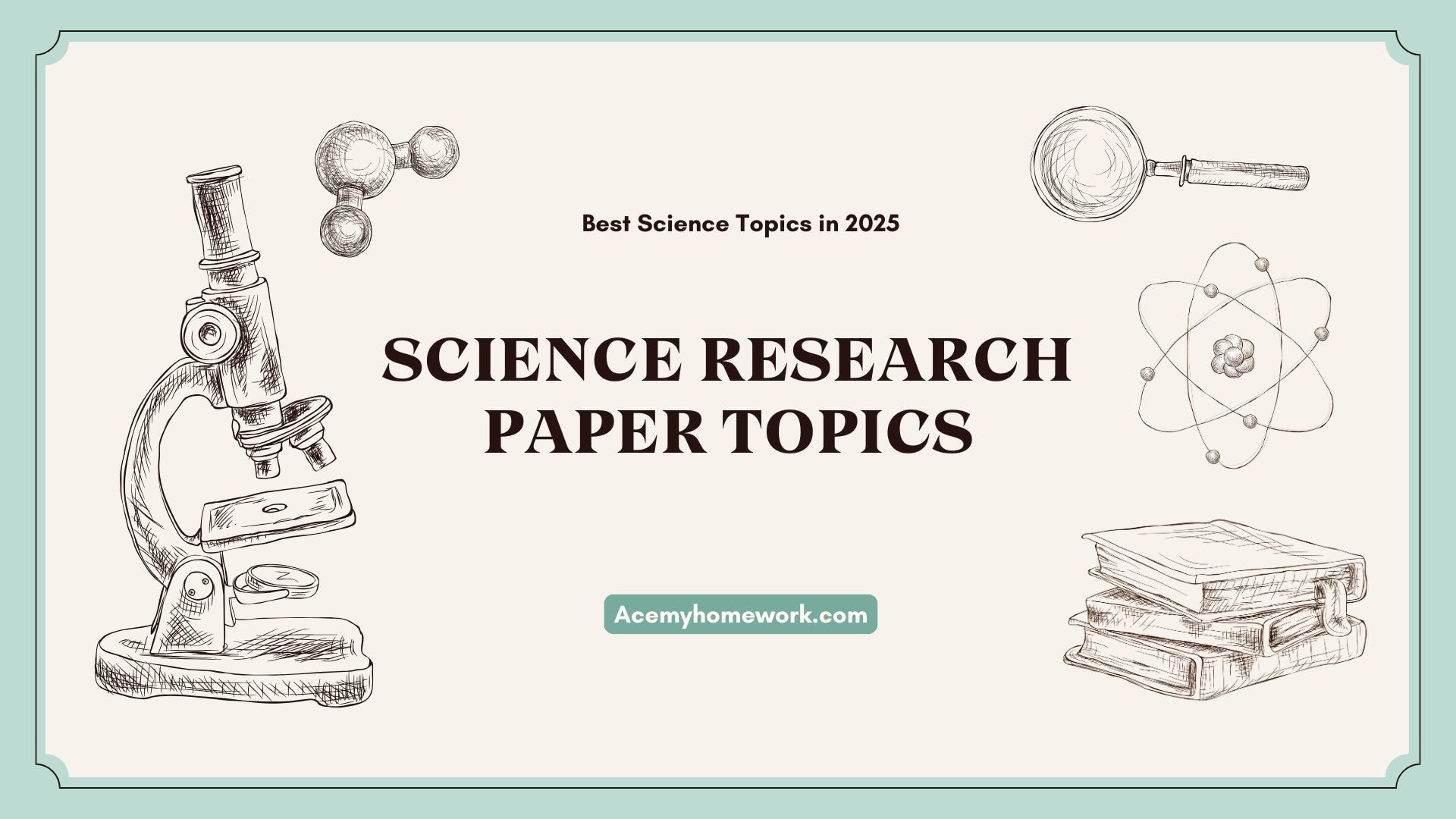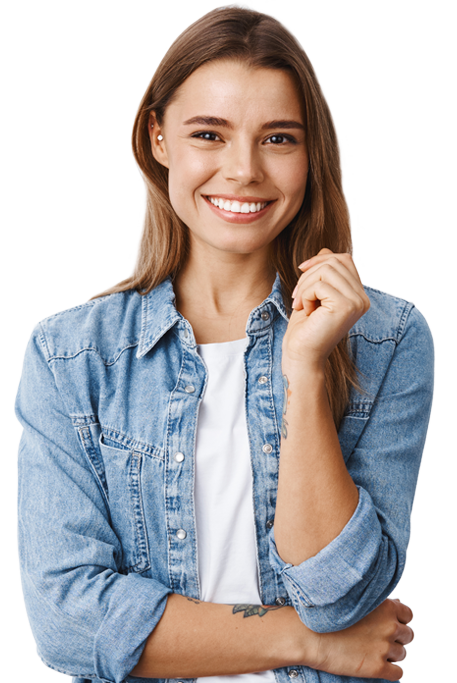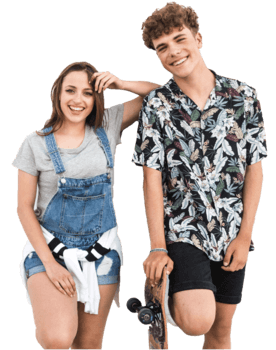
200 Interesting Science Topics Ideas
Explore 200 captivating science topics perfect for research and learning. Discover ideas that spark curiosity and inspire your next project. Dive in now!
Read More
Writing a conclusion for a lab report is one of the most critical aspects of writing lab reports. It serves as the final opportunity to summarize your lab work, highlight your key findings, and demonstrate your understanding of the experiment's objectives. A well-crafted lab report conclusion not only reinforces the main purpose of your experiment but also provides a brief summary of the process, results, and discussion sections. This guide will walk you through the steps to write a good lab conclusion, ensuring that your lab report stands out and meets all course requirements.
The conclusion section of a lab report is where you tie everything together. It should provide a brief overview of the experiment, restate the hypothesis, summarize the key results, and explain whether the results support the original hypothesis. Additionally, it should discuss the significance of the findings in the context of the research field and suggest future experiments or further research.
A good conclusion for a lab report should be concise, typically around 200-300 words, but can extend up to 500 words for more complex experiments. It should be written in the third person and past tense, avoiding the use of first person pronouns like "I" or "we." The tone should be explanatory, focusing on the data and findings without introducing new ideas.
To write an effective conclusion for a lab report, you need to include the following elements:

Now that you know the key elements, let’s break down the process of writing a conclusion for a lab report into clear steps:
Start your conclusion paragraph by restating the experiment's objectives. This should be a concise reminder of what you set out to achieve. For example:
"The goal of this experiment was to investigate the effect of different light wavelengths on tomato plant growth. Specifically, we aimed to determine whether blue light (450-495 nm) would promote more vigorous growth compared to red light (620-750 nm) and full-spectrum white light."
Next, provide a brief summary of the methods and procedures used in the experiment. This should be a high-level overview, not a detailed step-by-step account. For example:
"Tomato seedlings were exposed to blue, red, and white light for a period of four weeks. Growth was measured weekly, focusing on stem elongation and leaf surface area. A control group of seedlings was exposed to natural sunlight for comparison."
Summarize the key results of the experiment. Be sure to mention whether the results support the hypothesis. For example:
"The results showed that seedlings exposed to blue light achieved an average height of 15.3 cm, significantly taller than those exposed to red light (10.7 cm) and white light (12.1 cm). These findings support the hypothesis that blue light promotes more vigorous vegetative growth in tomato seedlings."
Explain what the results mean in the context of the experiment. Discuss any significant findings and their implications. For example:
"The increased growth observed under blue light may be due to its activation of phototropins and cryptochromes, which are known to regulate plant growth. These results suggest that blue light could be used to optimize tomato plant growth in controlled agricultural environments."
Acknowledge any limitations or errors that may have affected the results. For example:
"One limitation of this experiment was the small sample size, which may have affected the reliability of the results. Additionally, variations in temperature and humidity during the experiment could have influenced plant growth."
Propose future experiments or further research that could build on your findings. For example:
"Future experiments could explore the long-term effects of blue light on tomato plant growth, including fruit production and quality. Additionally, similar experiments could be conducted on other crops, such as squash or corn, to determine if the effects of blue light are consistent across different plant species."
If applicable, discuss how your findings relate to previous studies or other research in the field. For example:
"These findings align with previous studies that have shown blue light to be effective in promoting vegetative growth in various plant species. However, further research is needed to determine the optimal light conditions for different stages of plant development."
Here’s an example of a good conclusion for a lab report based on the steps outlined above:
"The goal of this experiment was to investigate the effect of different light wavelengths on tomato plant growth. Tomato seedlings were exposed to blue, red, and white light for four weeks, with growth measured weekly. The results showed that seedlings exposed to blue light achieved an average height of 15.3 cm, significantly taller than those exposed to red light (10.7 cm) and white light (12.1 cm). These findings support the hypothesis that blue light promotes more vigorous vegetative growth in tomato seedlings, likely due to its activation of phototropins and cryptochromes. However, the small sample size and variations in environmental conditions may have affected the reliability of the results. Future experiments could explore the long-term effects of blue light on tomato plant growth, including fruit production and quality. Additionally, similar experiments could be conducted on other crops to determine if the effects of blue light are consistent across different plant species. These findings contribute to the growing body of research on optimizing light conditions for improved plant growth in controlled agricultural environments."
Follow the Grading Rubric: Always check your grading rubric to ensure you meet all course requirements. This will help you focus on the key elements that your instructor is looking for.
Are you a student staring blankly at your lab report, wondering just what to write in the conclusion? Do you talk briefly with your lab partners, only to find you are still lost? Do not let the results section, introduction, or other sections of your lab report cause you stress. AceMyHomework.com is here to help!
We understand that lab reports can be a daunting task, especially when you are juggling multiple classes and other assignments. From low-level introductory labs to complex research articles, our team of expert writers can handle it all. We specialize in crafting compelling and insightful lab reports that not only summarize your findings but also demonstrate a deep understanding of the scientific process.
We know what professors look for. Our writers are skilled in presenting data clearly, analyzing results effectively, and drawing insightful conclusions. We can help you:
Do not let lab reports hold you back from academic success. Whether you are a high school student or pursuing advanced degrees, AceMyHomework.com is your trusted partner. Join the many students who have benefited from our professional writing services. Visit

Get affordable and top-notch help for your essays and homework services from our expert tutors. Ace your homework, boost your grades, and shine in online classes—all with just a click away!



Fast, secure, and handled by vetted experts.

Explore 200 captivating science topics perfect for research and learning. Discover ideas that spark curiosity and inspire your next project. Dive in now!
Read More
Explore 180 thought-provoking history research topics that inspire deep analysis and critical thinking. Dive into the past and start your exploration today!
Read More
Get into your dream summer program! Learn how to write a powerful application essay that gets you noticed.
Read More